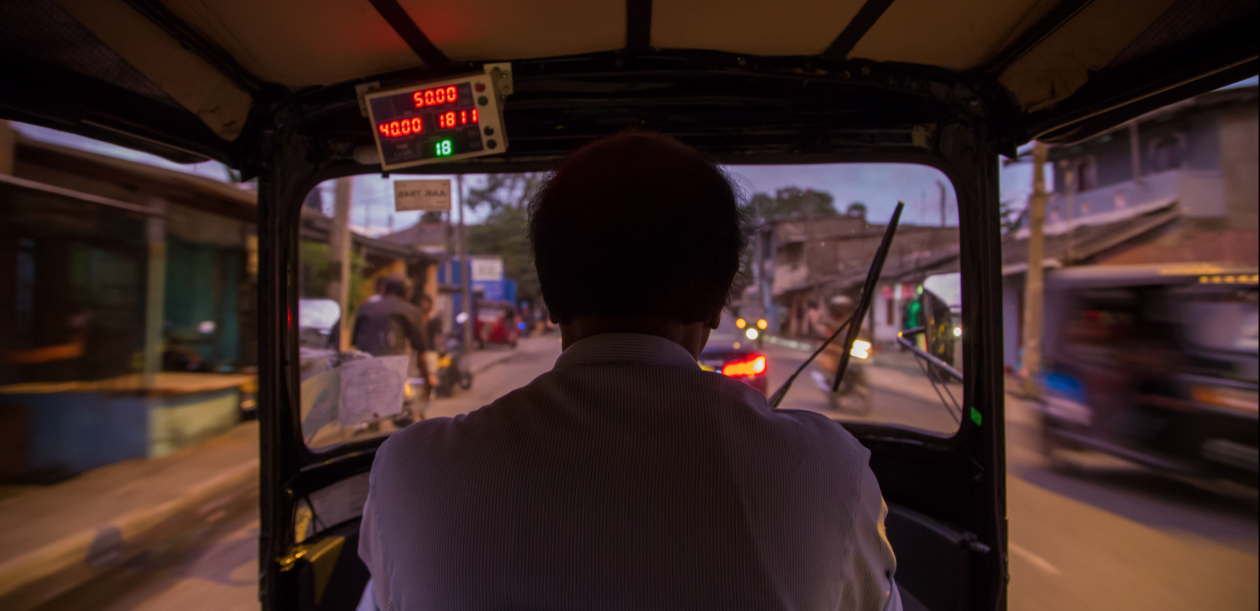
At Bawa’s Kandalama Hotel, our group came across huge sculptures made from rusted metal. We were all intrigued by the work at the hotel and that’s when one of the guys that works at hotel told us they were done by an artist, Laki Senanayake. “He lives 20 minutes from here. You should go see him”, and so we did.
With Diyabubula, Laki has created a garden that rewards the persistence of his uninvited guests. But perhaps ‘garden’ is too tame a word – Laki has grown a veritable Eden in the dry zone; a paradise in which lakes reflect pristine forest alive with chattering monkeys, rusty spotted cats, monitor lizards, fluttering birds, otters, and of course the archetypal serpent.
His home has become what Laki likes to call an eco-refuge. During the day this means simply that you can enjoy watching large tender-lipped fish swim leisurely in his lake or spot the rare three-toed kingfisher as it perches on a slender branch. During the night, however, lying on a mattress in Laki’s wall-less house, there is much to disturb your sleep. The sudden rustling in the foliage, the patter of feet on the roof and the splash of bodies in the water are accompanied by the occasional tortured shriek of a frog being consumed by a snake. The crunching sound you hear are otters devouring clams – by morning all you will find are the little heaps of shells that commemorate their feast.

Laki will tell you that living symbiotically with nature is much harder than it sounds, and he seems constantly engaged in a battle with the termites and ants. He will not destroy their mounds, but instead attempts to placate them with little offerings of wood and food. “We have a super eco-garbage disposal system,” he says, explaining that organic stuff is cleaned up with startling thoroughness by a team that includes turtles, black ants, monitor lizards and fish. Looking out, it seems he feels only one thing is missing from his domain – “I’d love to have a little crocodile,” he says.
Named for the spring that feeds a system of over eight interconnected lakes and ponds, Diyabubula is mostly forest and water. In one corner is Laki’s house. A simple affair, made mostly of corrugated iron sheets and sturdy wooden pillars, it has two floors. Laki lives and works on the upper floor, and his favourite perch is a swivelling chair that sits on the long deck overlooking the lake and the forest. At least once a day, he will sit on the floor by the pillar in the corner and paint. Aside from some plastic sheets that protect the house from the rains, the structure is left wide open to the elements, though Laki has one room that he built for guests who are afraid of snakes. “The problem with minimal architecture,” says Laki frankly, “is that you have to learn to live minimally.”

Of his life’s work Laki says, “for me its not work, it is play, I am one of those lucky people who have managed to play throughout my life since childhood.”
http://lakiarts.com/about_us.htmlhttp://www.thearchitect.lk/2009/10/laki-senanayake-a-master-of-many-trades/http://www.sundaytimes.lk/090628/Magazine/sundaytimesmagazine_00.html
